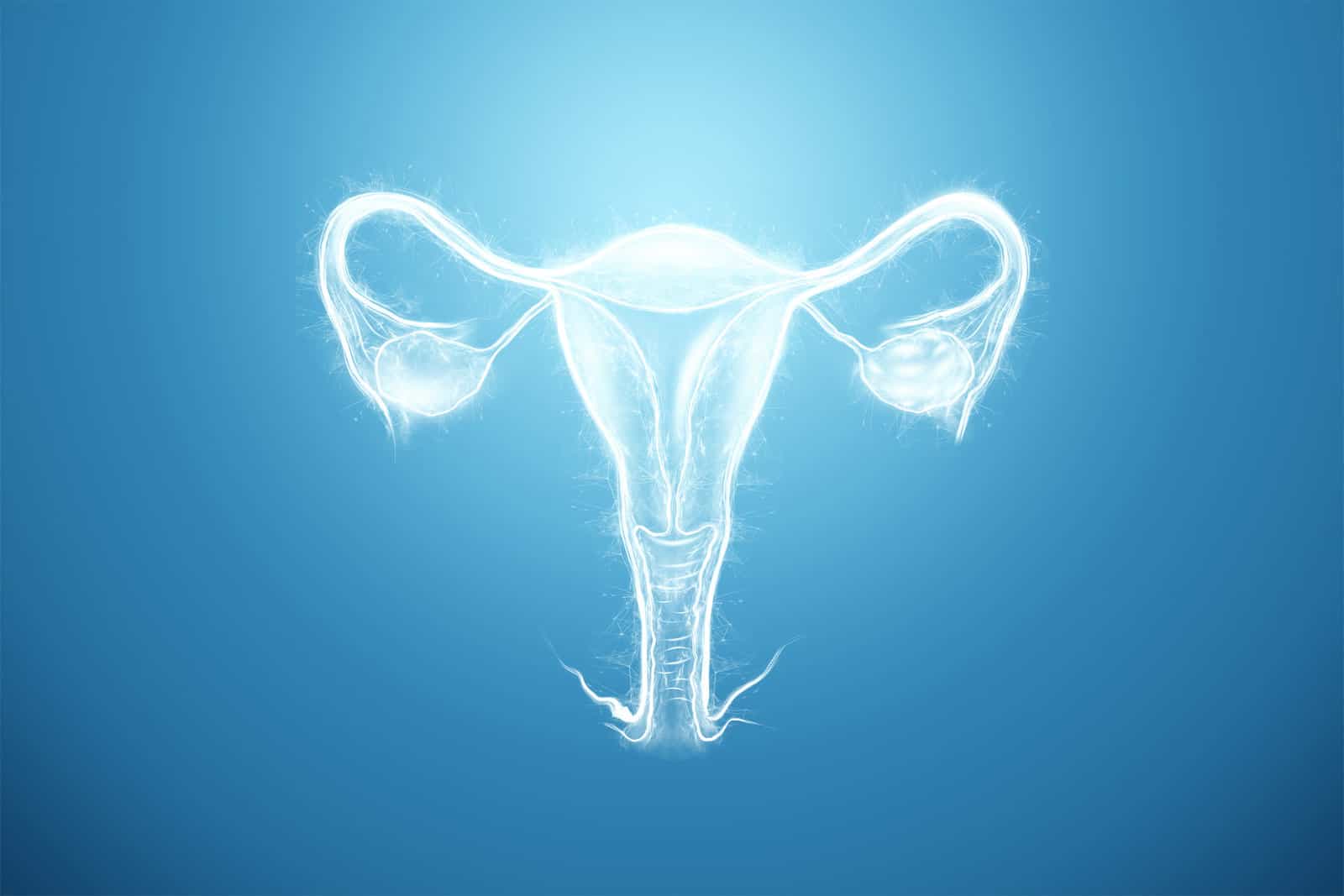Fallopian Tubes

Fallopian tubes are two long, thin tubes that lead from the ovaries to the uterus. They are also known as uterine tubes or oviducts.
Every month, an egg is released from one of the ovaries and travels through a Fallopian tube to the uterus. If the egg is fertilized by a sperm while in the tube, it will implant in the uterus and grow into a baby. If the egg is not fertilized, it will pass out of the body during menstruation.
Fallopian tubes can become blocked due to a variety of reasons, including infection, scar tissue from surgery, or a buildup of abnormal cells.
If the blockage is severe, it can prevent an egg from traveling to the uterus, resulting in infertility. A blocked Fallopian tube can also cause a pregnancy to develop outside of the uterus (ectopic pregnancy), which can be life-threatening.
Treatment for blocked Fallopian tubes may include surgery to remove the blockage, or medications to dissolve it. In some cases, fertility treatments such as in vitro fertilization (IVF) may be necessary.